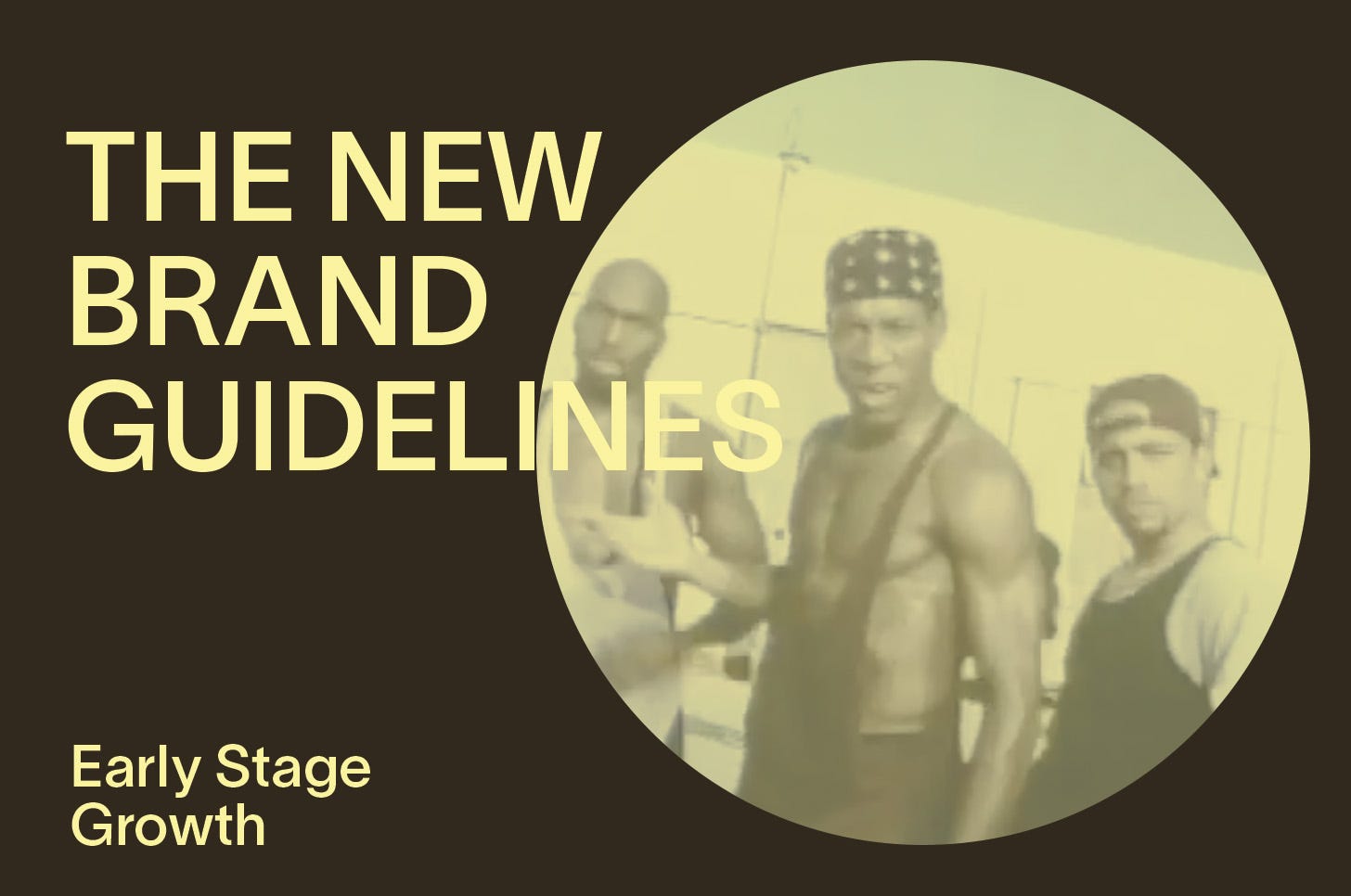The end of top-down branding
Why Brand teams should stop writing brand guidelines
“The final form of a brand is decided by the public” – Nikita Walia at VISIONS Summit
TL;DR: Brand teams can no longer control their narrative and story. Gen Z see through it, and the way we communicate today means strict controls and guidelines are irrelevant. The smartest brand teams are starting to take note.
One of my favourite things about long bank holidays is …



